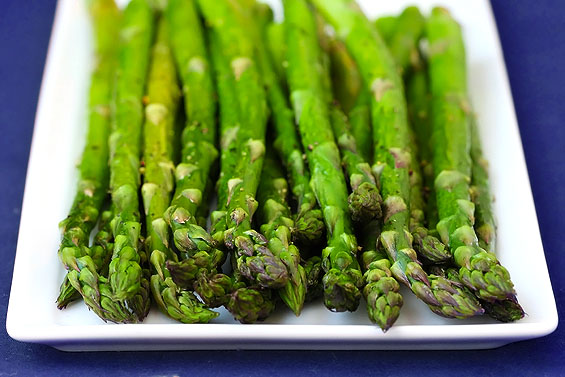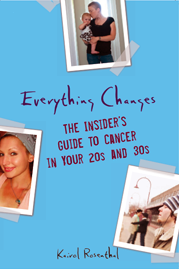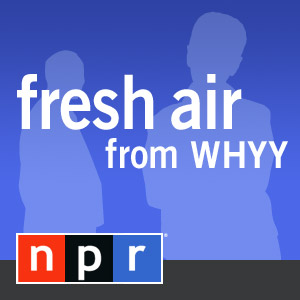
Studying the link between cancer and the enivornment is complicated. Richard Acker, a young adult colon cancer patient and environmental attorney explains in my book, Everything Changes, the kunundrum of studying the hundreds of chemicals found in the blood stream of the typical American:
“Each chemical is thought to individually pose a minimum risk, but what if you have 150 things that are each individually minimal risks, but perhaps 3 or 4 of them together might cause a greater risk than we have ever learned about? It is difficult to isolate variables of chemical exposure because we are exposed to so many chemicals every day…
“Part of the reason they don’t do the research on cancer and chemicals is because the chemical companies don’t really want them to. And the federal government is not particularly enthused either about researching things that could cause economic impact if they were withdrawn or restricted. But also it is partly just the difficulty. You do the math. If you have one to two hundred chemicals, in order to research the potential effects of the combination of each of those, if you take a pair of every three or four of those chemicals, there would be hundreds of thousands of potential experiments. It would be totally cost prohibitive. And to do it on a large-enough scale where you could get statistically significant results, how could you do that? It would be extremely difficult, so I don’t totally blame industry or the government for not doing it. ”
Richard’s explanation is pragmatic and realistic. So as a cancer survivor, patient, or someone generally concerned about their cancer risk factors, what do you do with this complex equation? How do you begin to take practical steps to protect yourself from environmental carcinogens? Is it even worth it? Where do you draw the line between common sense reduction of exposure to toxins and living in a bubble, like Julianne Moore’s character in the 1995 movie Safe? (A creepy, fantastic, and disturbing film.) How do you begin to parse out real information and practical, affordable solutions from greenwashing and/or costly, time consuming eco-trends and eco-tips?
The answer to these questions are different for everybody. In a forthcoming series of blog posts I want to share with you some of the habits I have adopted over the past few years to reduce my exposure to carcinogens. What is practical and affordable for me might not be for you. My habits might seem too stringent or too weak. Rather than setting forth a prescription for reducing your contact with carcinogens, I just want to give you a glimpse inside my life so you can try on for size what you wish. Stay tuned for more posts in this realistic series on Reducing Your Exposure to Carcinogens.
![]()
![]()


 “Everything Changes is, without doubt, the most forthright, emotionally sophisticated, and plain-old valuable book of its kind I've seen.”
“Everything Changes is, without doubt, the most forthright, emotionally sophisticated, and plain-old valuable book of its kind I've seen.”












